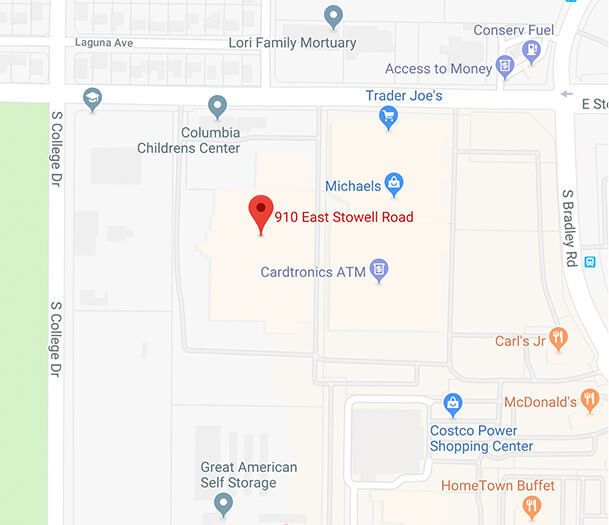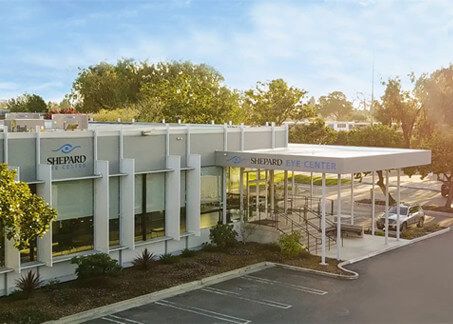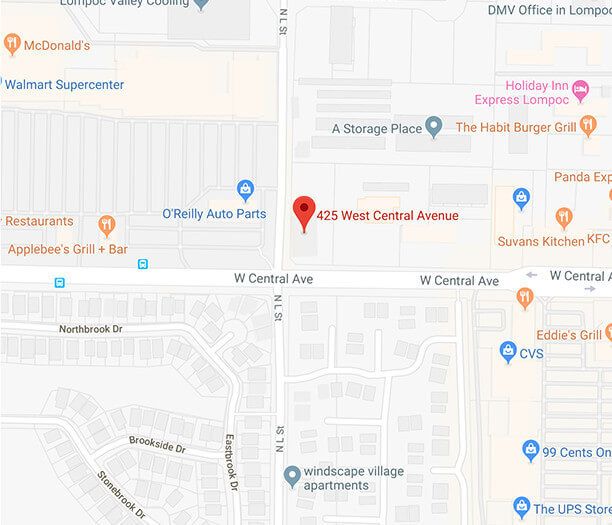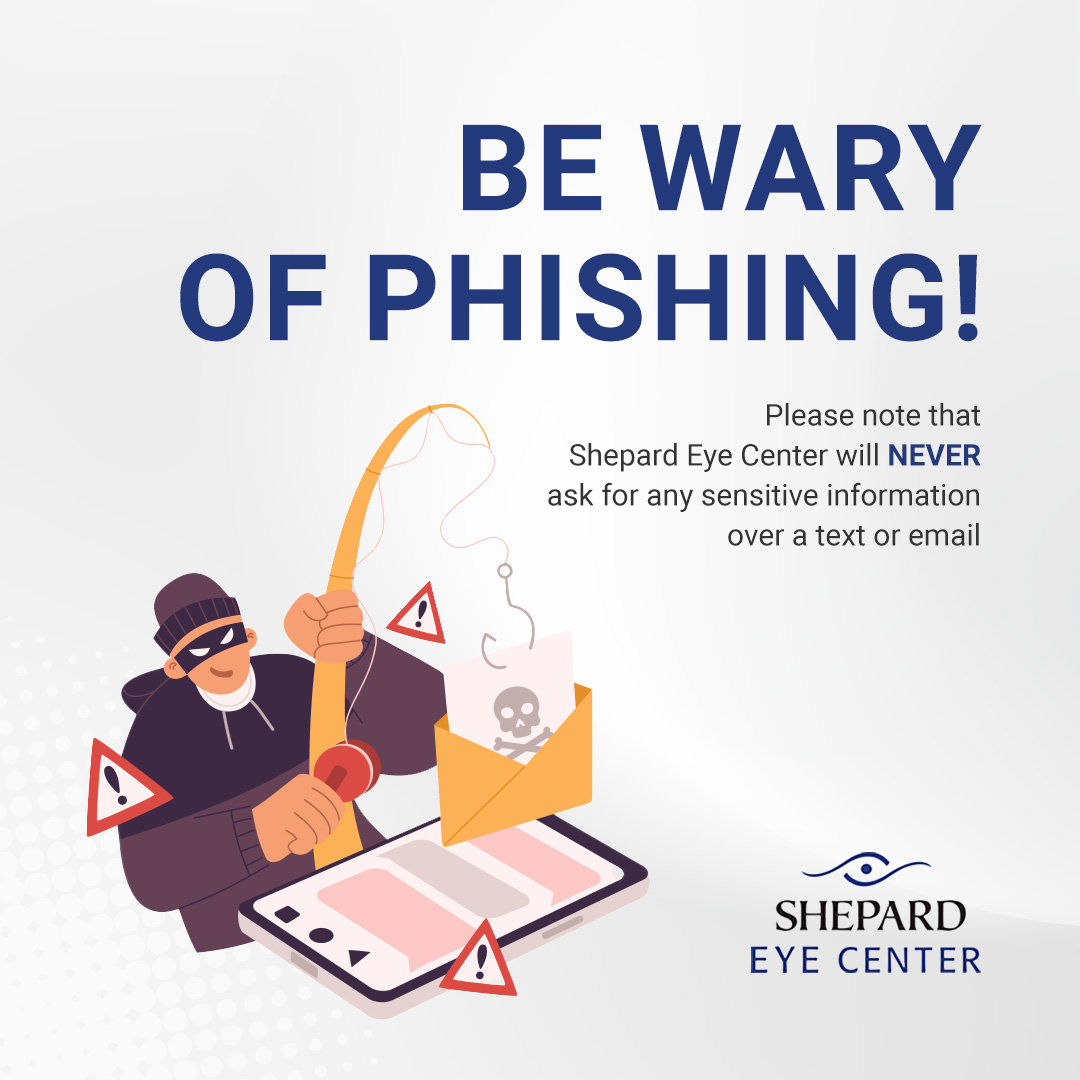PRK (photorefractive keratectomy) used to be the most common laser vision correction procedure. LASIK has since surpassed PRK due to its ability to correct more severe visual acuity with less recovery time and with decreased risks of infection, haze, and scarring.
Steps to the Procedure
For the PRK procedure, no scalpels are used and no incisions are made. Prior to the procedure, an extremely detailed map of your eyes’ surface is created by a computer and then used by your surgeon to calibrate the excimer laser to your exact prescription.
Once the laser has been properly calibrated, the technician will place an eyelid holder in your eye to keep it open throughout the procedure.
The technician will put a few anesthetic drops in to numb the eye and prevent pain.
Your surgeon prepares the eye by gently removing the eye’s protective first layer of cells, or epithelium (this will naturally regenerate itself in a few days), with the laser, to reveal the next layer of corneal tissue known as Bowman's layer. He/she will then smooth the area and proceed with applying computer-controlled pulses of cool laser light to precisely and delicately reshape the curvature of the eye. Deeper cell layers remain virtually untouched.
The whole PRK procedure itself is usually completed in less than five minutes and is painless. Since a layer about as slender as a human hair is typically removed, the cornea maintains its original strength.
Post-operatively, PRK patients are placed on antibiotic drops, along with anti-inflammatory agents to promote comfort and reduce swelling. Patients are also fitted with a bandage contact lens to improve their comfort while their eye is healing. Once the epithelium is healed, usually on the second or third post-operative day, the bandage contact lens is removed by your doctor. Daily eye examinations are required during this initial healing process to ensure an infection does not develop.
To complete the healing process, PRK patients use steroid anti-inflammatory drops for typically around 2 months under the direct supervision of your eye doctor.














